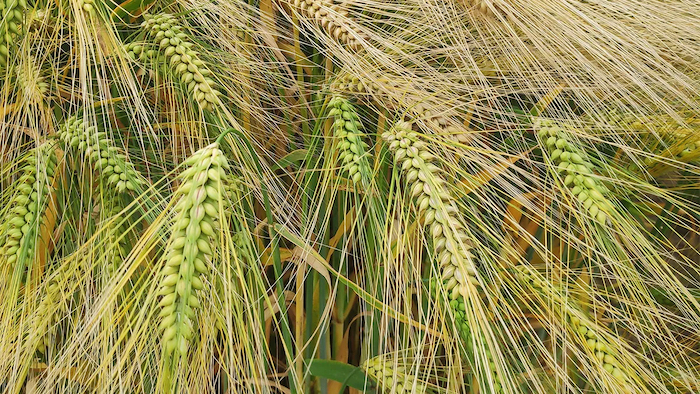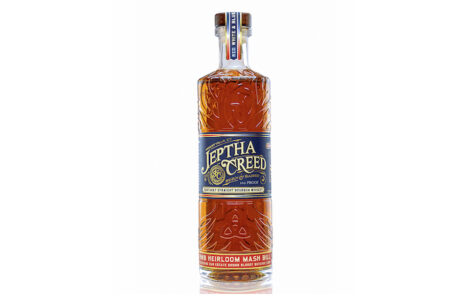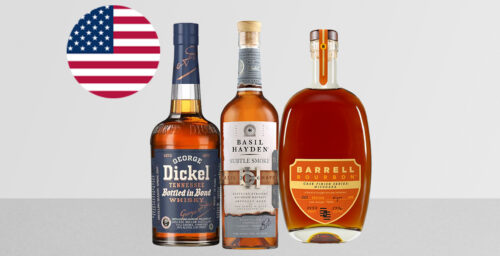At Scotland’s Heriot-Watt University, experts are testing barley grown with green fertilizers to make sure it’s still fit for Scotland’s national drink.
A statement from the University, and the malt whisky and cereal experts, noted that barley makes up 63% of Scotland’s cereal crop and is used for malting and distilling, as well as animal feed.
Barley production relies heavily on nitrogen fertilizers made from fossil fuels. And while many Scotch whisky producers stress sustainability, reaching net zero means making food production more sustainable.

The experts look to “biostimulants” to do just that, but all involved are looking to make sure whisky won’t suffer as a result.
Dr. Angela Feechan, with Heriot-Watt University, said that using more sustainable fertilizers will help make barley “greener,” but farmers and the whisky industry must be certain their use won’t make the crop less suitable for whisky production.
Heriot-Watt has been funded by the Royal Society of Edinburgh to put this barley to the test over two years and make sure it doesn’t damage the end product of whisky. They’ve been working with scientists from Ireland’s University College Dublin, testing three types of sustainable biostimulants, or fertilizers.
Feechan said that the Irish BioCrop project, funded by the Department of Agriculture, Food and the Marine, is carrying out field trials at the moment, and they’ll be using their grain.
“They are investigating how biostimulants made from algae, bacteria and yeast perform for barley growth, health and yield compared to traditional fossil fuels,” she said. “It’s not enough to know if we can grow barley without fossil fuels. We need to know what changes using biostimulants could have on them, whether it’s their quality, resistance to disease, how they respond to high heat or whether their flavor changes.”
Feechan said that reaching net zero means making food production more sustainable, and “biostimulants can hopefully do just that, but we need to be sure whisky won’t suffer as a result.”
The BioCrop project will supply three barley varieties to Heriot-Watt: Cassia, Valeria and RGT Planet.
Dr. Ross Alexander explained that they’ll examine the barley on the nanoscale throughout the process to ensure it meets industry standards. That’s everything from how its seeds grow, grain size, enzyme values and soluble protein content.
“Nitrogen content is key to barley meeting market specifications. Malt distilling requires a nitrogen level of below 1.65%,” Alexander said. “Any change to that could mean it’s not usable for whisky production; the micro malting analysis will give us certainty on the effect of biostimulants on barley.”
The team looks to run the project for two years, and they plan to visit the field trial site at Lyons Farm at University College Dublin to see the biostimulants in action.









